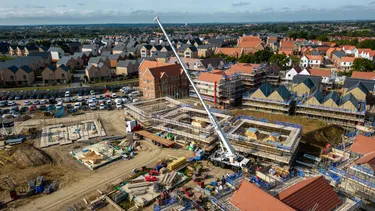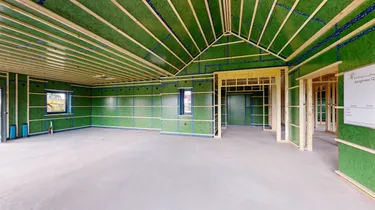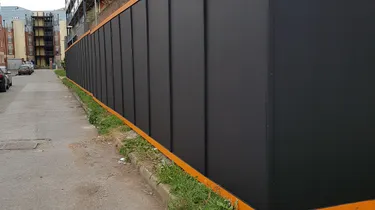
Substituting or changing a product in a specification is a widespread practice across the construction industry. A frequently cited reason for product substitutions is value engineering or the availability of a cheaper alternative. The reality is that when a specification is altered, the substituted product or system may not perform as required, potentially leading to issues within a building and major financial or legal complications down the line. It’s why manufacturers can play a critical role in the specification process and ensure a building’s performance aligns with its design.
While value engineering and cost savings are understandable motivations, substituting specified products without proper evaluation can have severe ramifications. Products may appear to be similar but not achieve the same levels of performance. It’s frequently the case where stakeholders forgo a thorough examination of whether the proposed ‘equal or equivalent’ will truly deliver the intended functionality and performance outlined in the design.
While a product substitution might appear to check all the boxes on paper, its real-world performance can be compromised by improper installation or a lack of verification processes. Have the installers received adequate training specific to the new product? Has the installation been meticulously inspected and signed off by qualified professionals?
Without this crucial due diligence, buildings can suffer from premature product failures, safety concerns, and a host of other issues that inevitably result in expensive rework, delays, and potential legal disputes. This will undo any perceived cost savings from the initial substitution.
At MEDITE SMARTPLY, we advocate for a more rigorous approach to product specification. Our technical experts collaborate closely with project teams, ensuring that any proposed alternatives undergo comprehensive evaluation against the original performance criteria. We also provide technical support and guidance to ensure our products are installed correctly, every time.
In terms of product performance for example, the wood strands in SMARTPLY OSB panels are cross orientated, so when the strands are stuck together with the no added formaldehyde resin, it has a greater strength and provides more surface cover. This sets it apart from plywood alternatives which consist of layers of ply stuck together going in one direction. Due to the cross orientation of the strands in OSB, the weight is more evenly distributed providing greater uniformity across the whole panel.
Recognising that airtightness is playing a critical role in modern building design, SMARTPLY AIRTIGHT is a high performance structural OSB panel with integrated vapour control and air barrier properties. Certified by the Passivhaus Institute, it is a proven solution for timber frame and low energy construction.
When it comes to sustainability, what’s in the product and where does it come from? SMARTPLY OSB is made from FSC certified timber from sustainable, fast-growing pine and spruce, which includes the tops that are not used to make any other wood-based product. Because OSB is made of wood strands, the whole tree is used, and nothing is wasted. Producing plywood requires large, slow growing trees, and because layers are stripped off, not all the tree is used. Our OSB panels are fully certified, UKCA and CE marked, legally sourced, and sustainable.
Being an innovator and a technical expert in the construction industry requires more than just offering high-quality products. It demands a deep commitment to supporting specifiers, contractors, and project teams throughout the specification and installation process. We back up our technical expertise with comprehensive and readily available data, robust certification (such as Environmental Product Declarations), product demonstrations and a well-supported product range that can meet even the most demanding project requirements.
If you're going to be an innovator and a technical expert in the construction industry, you've got to then back that up with the right material, the right messaging and the right people. Only then can the right specification decisions be made to ensure a product’s fitness for use is appropriate for the project.
To find out more visit MEDITE SMARTPLY





